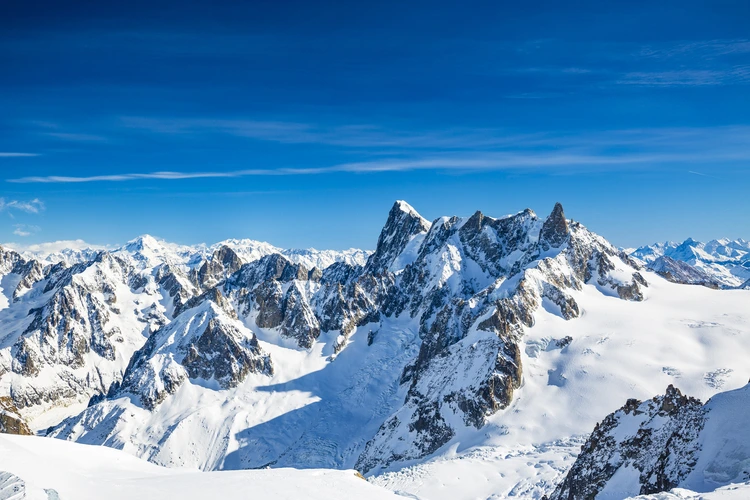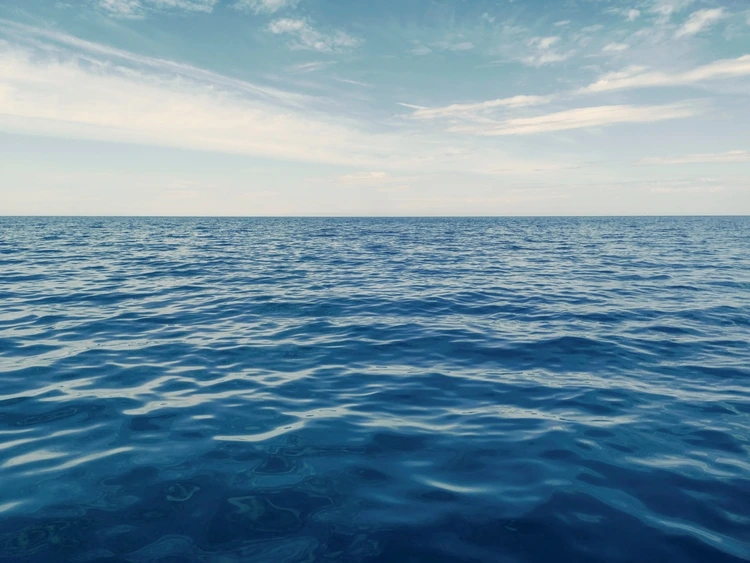
Learn more about albedo – the simple measurement that has a vast impact on our planet and influences the climate
By
Albedo. It’s a word you’ve likely not encountered before, but its importance cannot be overstated. Its impacts stretch far and wide across the planet, but what exactly does the term mean, and what role does it play in the greater workings of weather and climate?
Breaking down albedo
Essentially, the term – derived from the Latin albus, meaning snow – refers to how reflective a surface can be. Albedo is measured on a scale of zero to one as a percentage value. The higher the value, the more reflective a surface is.
Enjoying this article? Check out our related reads:
For example, snow has a high albedo – around 0.8. This means that around 80 per cent of incoming radiation and energy from the sun is reflected back into space. In comparison, darker surfaces such as desert sand (around 0.4), bare soil (0.17) and forests (0.15) have a lower albedo. This is because these darker surfaces absorb more of the incoming radiation from the sun.

Some surfaces, like water, can have varying albedo values. Normally, the surface of the ocean is dark, meaning its albedo value is lower at a paltry 0.06. However, when the sun is low in the sky, its albedo value increases as its surface becomes more reflective.
Albedo is typically measured using satellites, with the information then being relayed into weather and climate models.
Any energy and radiation reflected back out into space is known as planetary albedo, a number calculated by averaging the albedos of every surface of Earth, including land, ocean, and ice. On average, the Earth’s planetary albedo is around 31 per cent. In short, this means that around one-third of the solar energy arriving on Earth is reflected back into space.
Why is it important?
Both weather and climate are impacted by albedo. That’s because our weather is mainly affected by the quantity of sunlight either absorbed or reflected back into space.
Depending on your location in the world, different surfaces will have varying albedos and heat up to different degrees. As such, temperature gradients are created, which in turn drive weather systems.
Unsurprisingly, climate change has a major effect on the planet’s albedo.
If Earth’s climate is colder, that means there’s more snow and ice on Earth. Consequently, the prevalence of white surfaces means albedo increases as more sunlight – and solar energy – is reflected back into space. Conversely, global warming leads to snow and ice melt, meaning that darker surfaces, such as the ground, are exposed. As such, albedo decreases as less solar energy is reflected back into space. This entire process is known as the ice-albedo feedback, a phenomenon that is strongest during the summer, as solar radiation is at its highest.

Climate change – and the resulting global warming it brings – also changes another factor impacting albedo: clouds. When the atmosphere warms, lower cloud layers are prevented from forming, types of clouds that would otherwise allow solar energy to escape from Earth and cool the planet further.
It’s not just climate change that affects albedo – human activity also plays a significant role. The prevalence of soot around the world – emitted from diesel engines, wildfires and industrial processes – can also settle on snow and ice, darkening their surfaces and resulting in a lower albedo. Additionally, soot itself – when airborne – absorbs sunlight and contributes further to planetary warming.
Constructing urban areas also impacts albedo in a phenomenon known as the ‘urban heat island effect’. Essentially, the term describes how urban areas experience higher temperatures than surrounding rural areas, due to the presence of darker surfaces such as buildings and roads, which absorb, rather than reflect, heat.
All of this combines to have a significant effect on Earth’s temperature. According to one study, without the Earth’s dwindling albedo, the average temperature in 2023 – the year recorded to have the lowest planetary albedo on record – would have been 0.23 °C cooler.
Is albedo improving?
In short, no. As global warming and climate change continue to wreak havoc on our planet, albedo is only worsening: since the 1970s, our planetary albedo has been declining.
Particular regions around the world have also experienced a marked albedo reduction, for example, the Arctic, whose reduction in sea ice has exposed darker sea waters underneath. As such, the region is now warming at a rate four times greater than the rest of the planet.
Other regions impacted by low albedo include glaciers in the Andes, where warming temperatures have altered their once snow-capped appearance.




